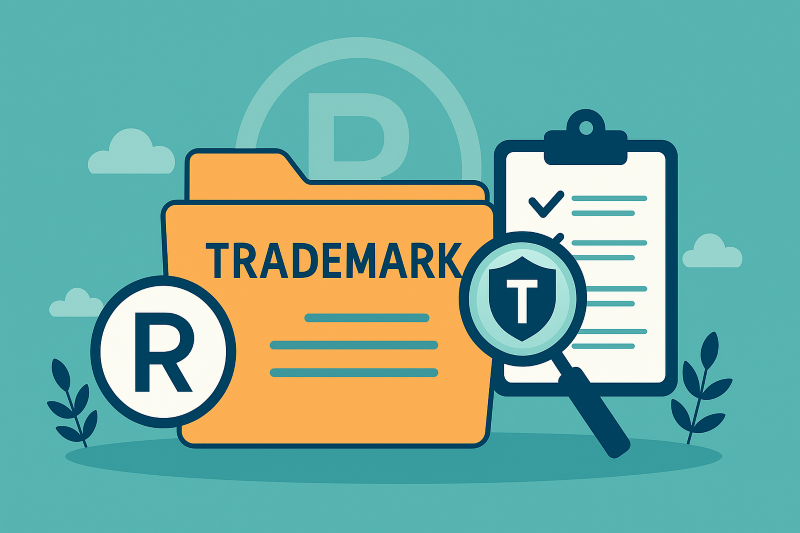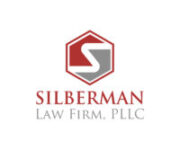
Trademarking a name is a vital step for business owners, entrepreneurs, and creatives looking to protect their brand identity. Whether you're launching a product, a service, or a new company, securing a trademark ensures exclusive rights to your name and helps prevent unauthorized use by others. Here's a straightforward guide on how to trademark a name, including costs, procedures, and common pitfalls.
Step 1: Conduct a Trademark Search
Before filing for a trademark, it's essential to conduct a comprehensive search to ensure your desired name isn't already registered or too similar to an existing trademark. The United States Patent and Trademark Office (USPTO) provides a searchable database called the Trademark Electronic Search System (TESS). A proper search reduces the risk of rejection and future legal disputes.
Step 2: File Through TEAS
Trademark applications in the U.S. are submitted through the Trademark Electronic Application System (TEAS), the USPTO’s online filing platform. There are three versions of TEAS (Standard, Plus, and Reduced Fee), but most users will use TEAS Plus, which currently costs $250 per class of goods or services.
Classes are categories under which your goods or services fall. For example:
- Class 9: Software products
- Class 25: Apparel such as T-shirts
If your business spans multiple classes, you must pay separate fees for each class. So, trademarking a software product and a clothing line under the same name would cost $500.
Step 3: Name vs. Logo – Know the Difference
A critical detail that often confuses applicants is the distinction between a name (word mark) and a logo (design mark). Each of these requires a separate trademark application. So if you're trademarking both the name of your business and your logo, such as “Silberman Law Firm” and its accompanying design, you’ll be filing and paying for two trademarks, which means $500 total in fees at minimum.
Failing to recognize this distinction can result in inadequate protection or unnecessary complications later.
Applicable Law
Trademark law in the U.S. is governed by the Lanham Act, codified at 15 U.S. Code § 1051 et seq. This statute establishes the legal framework for registering, enforcing, and maintaining trademarks at the federal level.
All information provided on Silblawfirm.com (hereinafter "website") is provided for informational purposes only, and is not intended to be used for legal advice. Users of this website should not take any actions or refrain from taking any actions based upon content or information on this website. Users of this site should contact a licensed Texas attorney for a full and complete review of their legal issues.
